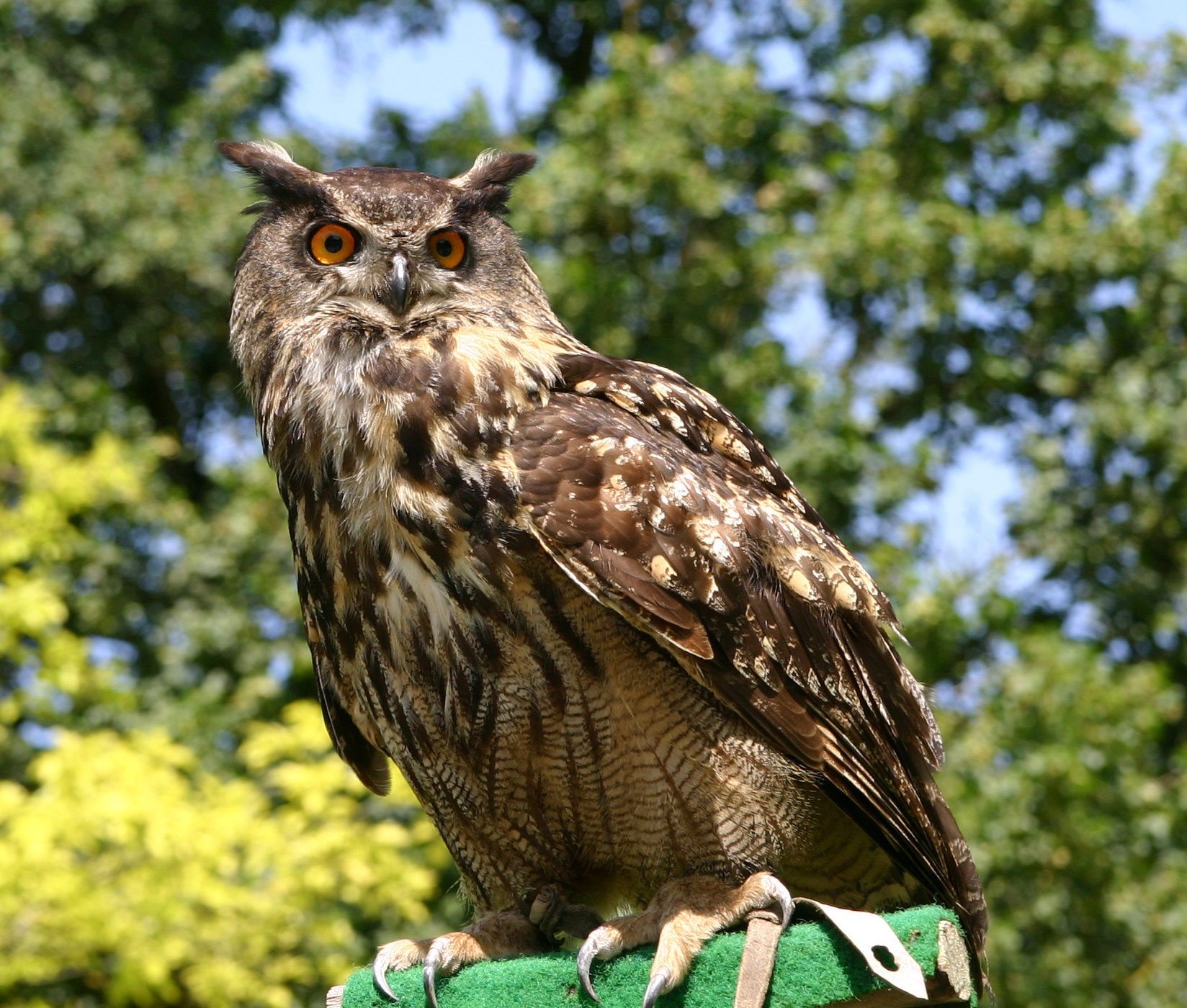
Bowerbirds are fascinating (go click the link! read the article! by now, I shouldn't have to beg you to read the selected wikipedia article-- my recommendation should be enough. Have I ever let you down?), and they are yet another example of interesting mating behavior in birds. I find this to be especially interesting, and topical, in the springtime. Why? I think it offers some humbling and comical perspective on the amorous endeavors of so many human males during this time of year.
This might only be true for me, but in the spring, after watching the futile attempts of pigeons all spring, I found it very hard to take my guy friends seriously as they hit the bars with gusto and optimism. Same shit, different species.
I've featured many birds on the AotD series, and that's because they are one of the most fascinatingly diverse group of animals on Earth, up there with insects and fish. Birds, however, as you may know, are all but an evolutionary accident, and their survival of the impact event at the K-T boundary, about 65 million years ago, is a big mystery:
"The survival of birds is the strangest of all the K-T boundary events, if we are to accept the catastrophic scenarios. Smaller dinosaurs overlapped with larger birds in size and in ecological roles as terrestrial bipeds. How did birds survive while dinosaurs did not?"
No matter how it happened, however, we know that it did-- birds were one of the groups to survive this nuclear holocaust-like event. And, as a result, they have subsequently evolved to fill all sorts of niches.
Birds are interesting because they are like a category all their own. I think that the reason birds were able to flourish, and to evolve to fill so many roles in the ecosystem, is that they had very little competition from other animals who would like to do the same thing. This is not to say they faced no selective pressure, only that birds are pretty unique in that they can fly, making them kind of a category all their own when it comes to selection. Here's what I mean: think about the evolutionary role that, say, a vulture fills. Or an owl. What other kind of organism, other than a bird, could fill that role?
Vultures, with their flight and extremely good sense of smell, can patrol a shockingly large area in search of carrion, and can be the first to arrive nearly every time.
While other animals have good eyesight, the fact is that flight allows birds, such as owls and eagles, to truly "cash in" on the incredible vision they have. What I mean: peering down on a mouse in a field from 1000 feet up is feasible, while spotting a mouse from 1000 feet away at ground level is not. When you're looking down from a, ahem, bird's eye view, onto a meadow, there just isn't as much stuff obstructing your view. As a result, birds can do what no other predator can do-- hunt, using primarily visual cues (contrast to a snake, or a shark, both chemical hunters), from a long distance away, and strike with incredible speed and beauty.
Once birds got that flight thing going, they were able to evolve explosively into everything from tufted titmice to emperor penguins! This sort of evolutionary jump is really cool. It happened with the development of multicellular life as well-- as soon as that bridge was crossed, all of the sudden you had multicellular juggernauts replacing loose associations of unicellular life. So, for instance, stromatolites are replaced, and multicellular detritus-eaters elbow their way up to the table. Man, now there was an evolutionary struggle worth fighting. "I gotta get my hands on my share of that decomposing flesh!"
:)
have a good day


